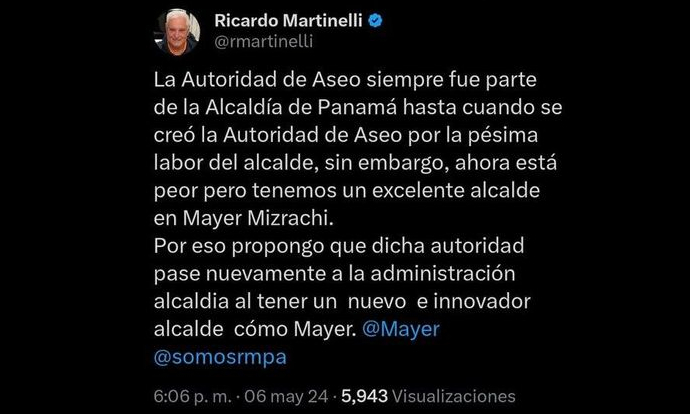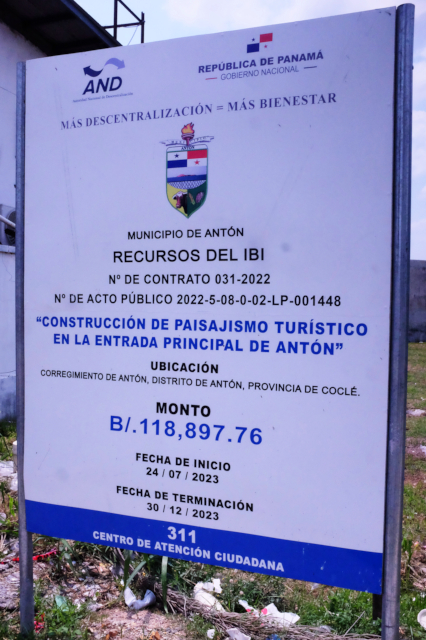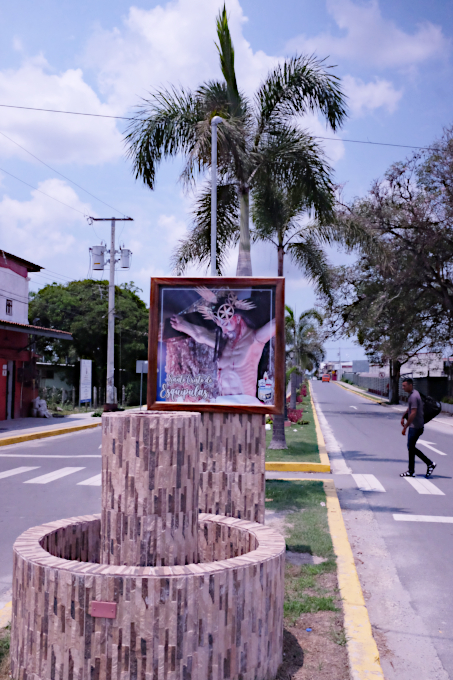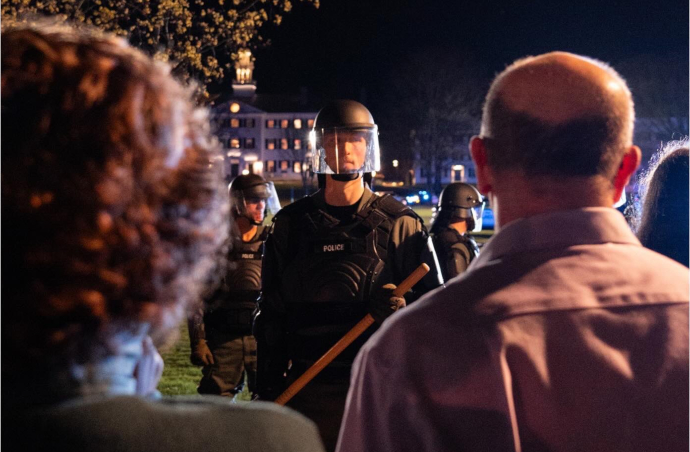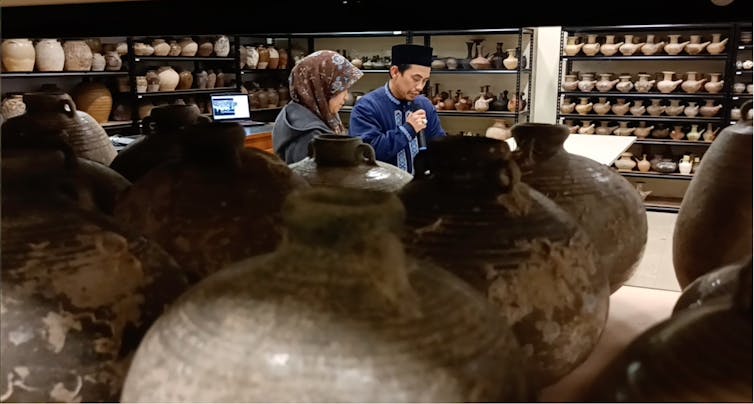Rafah 20 years ago: it’s not as if now is the first time that Israel has attacked the place, nor that all the violence started with a Hamas attack last October. Photo by Andrea Giuiceandrea.
“Now Israel has a green light to destroy Rafah in slow motion,” said one critic.
Biden ‘moving the goal post’ with threat to withhold bombs from Israel
by Brett Wilkins — Common Dreams
While some Palestine defenders on Wednesday welcomed US President Joe Biden’s threat to withhold bombs and artillery shells from Israel if it launches a major invasion of Rafah, critics noted that an invasion is already underway and accused the American leader of walking back a previous “red line” warning against an Israeli assault on the southern Gaza city.
Biden said for the first time that he’ll stop sending bombs, artillery shells, and other arms to Israel if Prime Minister Benjamin Netanyahu orders a major invasion of Rafah, where more than a million Palestinians forcibly displaced from other parts of the embattled Gaza Strip are sheltering alongside around 280,000 local residents.
Referring to Israel’s use of US-supplied 2,000-pound bombs — which can destroy an entire city block and have been used in some of the war’s worst atrocities — Biden told CNN’s Erin Burnett that “civilians have been killed in Gaza as a consequence of those bombs and other ways in which they go after population centers.”
Even the US military — which has killed more foreign civilians than any other armed force on the planet since the end of World War II — won’t use 2,000-pound bombs in urban areas. But Israel does, including when it launched a strike to assassinate a single Hamas commander by dropping the munitions on the Jabalia refugee camp last October, killing more than 120 civilians.
“If they go into Rafah, I’m not supplying the weapons that have been used historically to deal with Rafah, to deal with the cities,” Biden said Wednesday.
Israeli forces have already gone into Rafah, and it was reported Tuesday that Biden was taking the unusual step of delaying shipments of two types of Boeing-made bombs to Israel to send a message to the country’s far-right government. It was, however, a mixed message, as the president also earlier in the day reaffirmed his support for Israel’s war on Gaza, which the International Court of Justice said is “plausibly” genocidal in a preliminary ruling in January.
Critics noted the shifting and subjective language used by Biden — who previously said that any Israeli invasion of Rafah would constitute a “red line” resulting in unspecified consequences.
“He said invading Rafah was a red line. Israel invaded Rafah anyway, bombing buildings, burning and crushing children to death,” political analyst Omar Baddar said on social media. “Biden is now moving the goal post by adding a completely subjective descriptor: ‘Major.’ Now Israel has a green light to destroy Rafah in slow motion.”
During the course of the seven-month Israeli assault on Gaza — which has killed, maimed, or left missing more than 124,000 Palestinians — Biden has said Israel has killed “too many civilians” with its “indiscriminate bombing,” even as he’s pushed for more and more military aid for the key ally.
Wednesday’s interview came on the heels of Biden’s approval of a $14.3 billion emergency military aid package to Israel, multiple moves to sidestep Congress to fast-track armed assistance, nearly $4 billion in previously authorized annual military aid, and diplomatic cover in the form of several United Nations Security Council vetoes.
Reporting that the Biden administration will delay a highly anticipated report on whether Israel is using US military aid in compliance with international law also drew backlash Tuesday from human rights advocates.
Referring to Israel’s US-funded anti-missile system, Biden continued his supportive rhetoric during Wednesday’s CNN interview, telling Burnett that “we’re going to continue to make sure Israel is secure in terms of Iron Dome and their ability to respond to attacks.”
But the president added that Israel’s use of devastating weaponry against civilians is “just wrong,” and that “we’re not going to supply the weapons and artillery shells.”
Some peace groups welcomed Biden’s threat to withhold bombs and artillery shells from Israel, even while urging him to do more to stop his ally’s genocidal onslaught.
“Biden’s statement is as necessary as it is over overdue,” Jewish Voice for Peace executive director Stefanie Fox said in a statement. “The US already bears responsibility for months of catastrophic devastation: The nearly 40,000 Palestinians that the Israeli military has killed, the two million Palestinians being intentionally brought to the brink of famine, the decimation of all universities and almost every hospital in Gaza.”
“Today’s statement shows that Biden can no longer ignore the will of the majority of Americans who want a permanent cease-fire, release of all hostages, and an end to US complicity in Israeli war crimes,” Fox added.
Contact us by email at thepanamanews@gmail.com
To fend off hackers, organized trolls and other online vandalism, our website comments feature is switched off. Instead, come to our Facebook page to join in the discussion.
These links are interactive — click on the boxes
>





